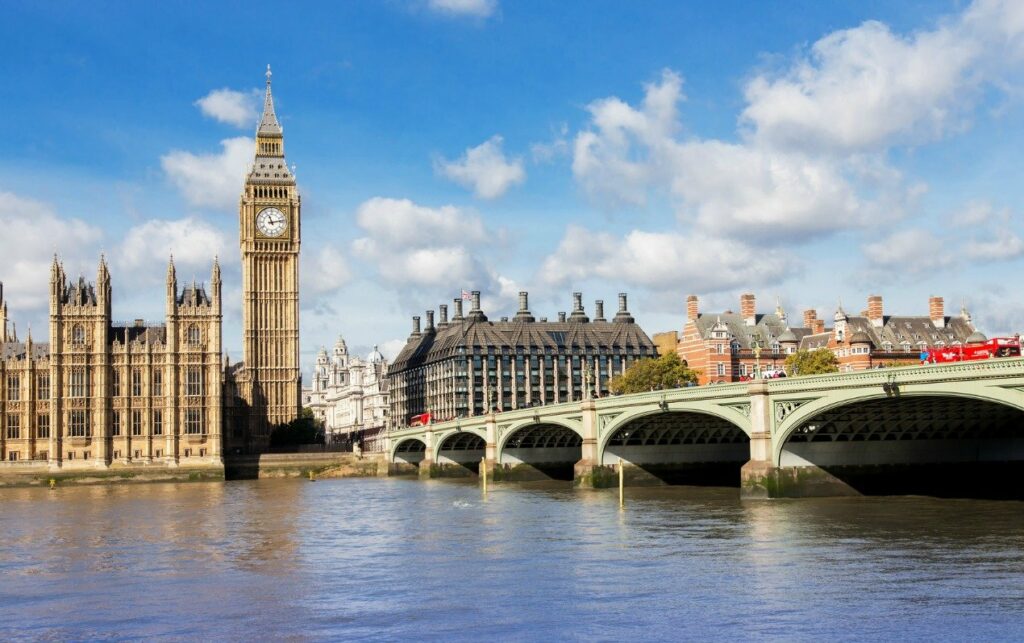As noted elsewhere in this newsletter, when warming brings good things no one will mention it. But if a study suggests warming will cause bad things, it gets trumpeted from every newspaper and media outlet. And many times, you will later see the scary claims dialed back or refuted altogether… if you know where to look. In the fine print. Case in point: frog populations have been declining in many places for decades, and about 10 years ago some studies naturally blamed it on global warming, generating big headlines and much media attention. Then a study in Nature last fall said oops, it apparently wasn’t climate change but local habitat changes including the spread of a frog-fatal fungus. Which would have been news to some, including those who report the news. But if you followed the skeptical blogosphere you knew a decade ago that a fungus was the likely culprit.
The same phenomenon is true far more broadly, in a race between lurid headlines and careful analysis. As also noted elsewhere in this newsletter, “climate porn” is wearing a little thin with a public repeatedly told the end is nigh only to have nothing much happen. But at the same time, a credulous media gives scary stories a big head start over boring corrections.
Thus it is very disturbing to hear that the Australian Bureau of Meteorology (BOM) has been caught with its thumb on the scales when it comes to temperature. When hair-raising predictions of runaway temperature have failed to materialize since 2000, one way to keep the line tilted at a scary angle is to adjust past temperature downward. Which BOM has been doing relentlessly with respect to its station in Darwin, pursued nearly as relentlessly by botanist and entomologist Dr. Jennifer Marohasy. There’s nothing wrong with making adjustments as you refine your understanding. But when they’re all in one direction it starts to look more than a bit suspicious. And of course the “Australia is on fire” headline runs on page one whereas the “Oops, we believed a fairy tale and warming’s not that bad” headlines runs on… the cutting room floor.
One pernicious consequence is that the “science is settled” meme runs again and again in the papers while the evidence that the science is anything but does not. And this claim is false in a variety of ways, some rather dull and technical. It’s not just wrong to claim that the causal mechanisms are well understood in climate science or that the predictions are reliable: it’s also wrong to deny the uncertainties especially when they encompass the possibility that nothing worrying is happening.
The failure to show any “error bars” on charts when virtually any field of science involves some uncertainty and sometimes the uncertainty dwarfs the certainty may not be something most lay readers, or journalists, take note of. But they might if there were more news stories that included them instead of just pushing walruses off cliffs.
There’s also the tacit assumption that we have very solid measurements of temperature in the past and present on which to gauge trends, instead of making sure a story explained where the temperature gauges are, how the measurement systems have changed, how far back we have any idea what we think it was like and how, and that sort of stuff.
It may be hard to scare readers silly, or sell papers, by describing the gap between Australian temperatures as measured at the surface or by satellite. But there should be some room to say “Experts disagree” or “Scientists often make new discoveries” or at the very least “Fungus ate my frog”.


